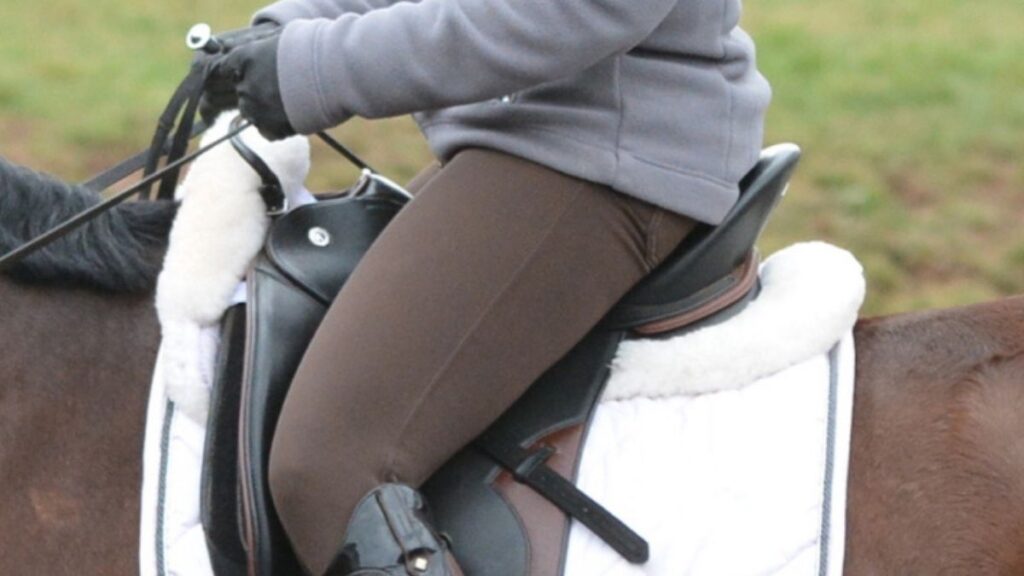Introduction to the Riding Crop and its Uses
The riding crop is more than just a stylish accessory for equestrians; it’s an essential tool that can enhance your horseback riding experience. Whether you’re a seasoned rider or just starting out, understanding the versatility of this instrument opens up new avenues for communication with your horse. But its uses extend beyond the saddle—this handy tool has applications in various activities and even everyday life. Let’s explore the fascinating world of riding crops, their history, types available, and how to effectively incorporate them into both riding and other creative pursuits.
History of the Riding Crop
The riding crop has a rich history that dates back centuries. Originally used by horsemen for guidance and communication with their steeds, it evolved from simple whips made of natural materials like reeds and leather.
By the 19th century, riding crops became more refined. They were crafted for both functionality and style, featuring decorative handles and elegant designs. This period marked the rise of equestrian sports, where crops played a crucial role in competitions such as dressage and show jumping.
In addition to its practical uses, the riding crop gained cultural significance. It represented sophistication among aristocrats and was often seen in paintings depicting lavish horse-riding scenes. Over time, it transitioned into various disciplines within horseback riding, adapting to meet different needs while retaining its classic charm.
Today’s riders appreciate not only its historical roots but also its versatility across multiple styles of equestrianism.
Types of Riding Crops Available
Riding crops come in various types, designed to suit different riding styles and preferences. The most common type is the traditional crop, featuring a short shaft and a flexible end that delivers subtle signals to your horse.
Another popular variation is the dressage whip. Longer than standard crops, it allows for more refined communication during intricate maneuvers. This tool provides added reach without disrupting your posture or balance.
Jumping sticks are sturdier options made specifically for show jumping enthusiasts. They offer greater durability to withstand rigorous use while still maintaining effective control over your mount.
For those interested in Western riding, you might explore the ranch-style crop. These often feature decorative elements and may have additional features like leather accents for both aesthetics and functionality.
Each type serves its unique purpose, ensuring riders can find the perfect fit for their needs on horseback.
How to Choose the Right Riding Crop for You
Choosing the right riding crop can significantly enhance your riding experience. Start by considering the length of the crop. A standard size typically ranges from 24 to 30 inches, but personal preference plays a crucial role.
Next, think about the material. Leather crops tend to offer a classic feel and durability, while fiberglass options are lightweight and flexible. Each has its unique advantages.
Grip is another essential factor. Ensure that the handle feels comfortable in your hand. It should provide enough traction without slipping during use.
Consider design aesthetics if that’s important to you. Crops come in various colors and styles—choose one that resonates with your personality or matches your riding gear for added flair.
Techniques for Using a Riding Crop in Horseback Riding
Using a riding crop effectively requires finesse and understanding. The goal is to enhance communication with your horse rather than to intimidate or punish.
Start by holding the crop lightly. A relaxed grip allows for more subtle cues. When you need to signal, use a gentle tap on the shoulder or hindquarters, following through with your leg aids.
Timing is crucial. Apply the crop at the right moment, ideally when you want your horse to respond actively. This can help reinforce commands like speeding up or changing direction.
Always maintain eye contact and posture. Your body language sends powerful signals that complement the use of the crop.
Practice makes perfect; try different techniques in safe environments first. Whether you’re refining transitions or encouraging forward movement, remember that it’s all about building trust between you and your equine partner.
Creative Ways to Use a Riding Crop Outside of Horseback Riding
A riding crop can serve many purposes beyond the saddle. For instance, it makes a great tool for dance routines or theatrical performances. Its lightweight design and firm structure allow for striking choreography that adds flair to any routine.
In crafting and DIY projects, use a riding crop to create unique wall art or sculptures. The sturdy shaft can hold fabric or other materials in place while you work on intricate designs.
In fitness, consider incorporating it into your workout as a balance aid during yoga sessions or pilates classes. It helps improve posture and stability while engaging core muscles effectively.
Moreover, if you’re looking to engage kids in imaginative play, a riding crop can become part of their pirate adventures or knightly quests—sparking creativity without breaking the bank on props.
Conclusion: Why Every Equestrian Should Have a Riding Crop in Their Toolkit
Having a riding crop on hand can be incredibly beneficial for any equestrian. This tool isn’t just about discipline or correction; it enhances communication between horse and rider. It fosters a deeper understanding of cues, allowing for more fluid rides.
The versatility of the riding crop extends beyond horseback riding itself. Whether you’re in training sessions, competitions, or simply enjoying leisure rides, this tool proves invaluable time and again. Its historical significance adds to its charm as well; owning one connects you with generations of riders before you.
Investing in a good quality riding crop enhances your toolkit significantly. The right choice will complement your style and needs while ensuring that both you and your horse feel comfortable throughout every ride.
Having a riding crop at your side equips you with an essential resource—one that not only improves performance but also enriches the overall equestrian experience.





